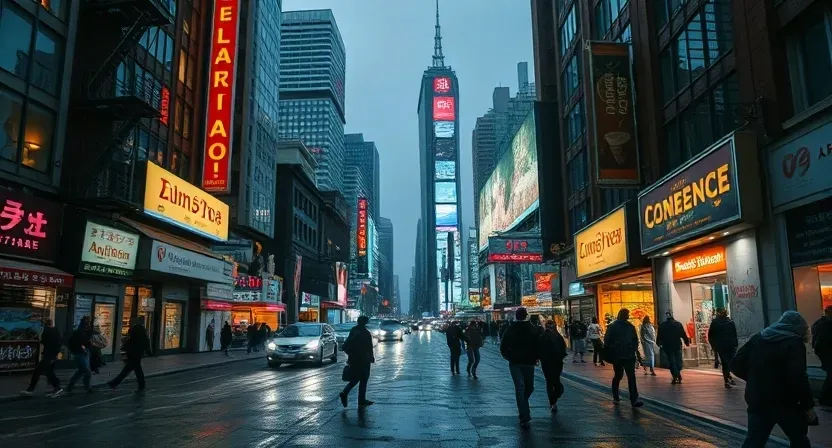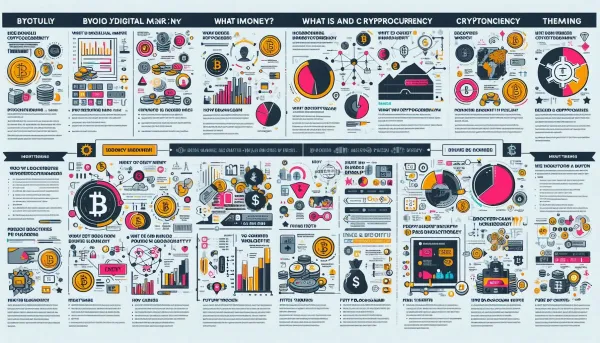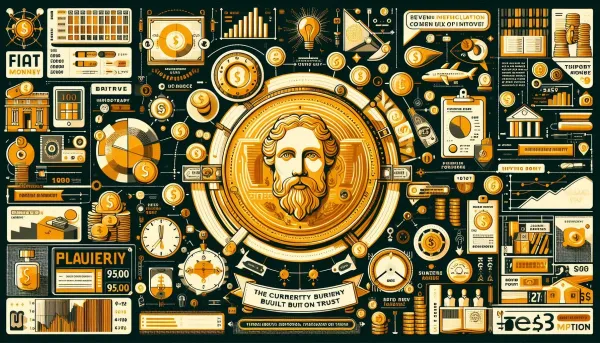The Mysterious Case of Cesium-137: A Tale of Radiation and Catastrophe

On October 23, 1987, a strange and terrifying incident unfolded in Goiania, Brazil, turning an ordinary day into one of the worst nuclear accidents in history. What began with a piece of discarded medical equipment soon escalated into widespread radiation exposure, putting the lives of hundreds at risk. But how did this happen? And what lessons can we learn from it?
Table of Contents
- The Discovery of a Dangerous Material
- The Spread of Contamination
- The Unseen Danger: Radiation Poisoning
- The Escalation and Government Response
- The Aftermath and Lessons Learned
- Lessons from the Goiania Disaster
- Conclusion: The Impact of Radiation Accidents
1. The Discovery of a Dangerous Material
It all started with two local scavengers, Gunnar and Roberto, who were in search of scrap metal and abandoned items. On September 13, 1987, they stumbled upon a radiation therapy machine in the abandoned grounds of a former cancer hospital in Goiania, Brazil. Little did they know, the machine contained a highly radioactive substance: Cesium-137.
Cesium-137 was commonly used in cancer treatment machines, and its dangerous properties are not immediately obvious. The two men dismantled the machine, unknowingly releasing a dangerous amount of radioactive material.
2. The Spread of Contamination
The scavengers were intrigued by a small, glowing blue capsule they discovered in the machine. They took the capsule and the powder it contained to a local scrap dealer named Ferreira, who thought he had found something valuable. Ferreira showed it off to his friends and family, encouraging them to touch the glowing powder. Soon, more people came into contact with the radioactive material, including his wife, Maria, and daughter.
Unaware of the danger, Ferreira's family and neighbors began to experience strange symptoms—burns, nausea, and swelling. By September 21, the severity of the illness became clear, and his daughter was hospitalized. However, it wasn't until several days later that doctors realized radiation exposure was the cause.
3. The Unseen Danger: Radiation Poisoning
At first, doctors were puzzled. Patients with symptoms ranging from severe burns to internal bleeding did not immediately raise suspicions of radiation poisoning. However, as more individuals started exhibiting similar symptoms, the source became clearer. It was the Cesium-137.
The radioactive powder, which had been spread throughout homes, schools, and marketplaces, had contaminated much of Goiania. By September 25, the authorities had confirmed the source: Cesium-137. The contamination was so severe that 11800 residents had to be relocated, and hospitals in the area were overwhelmed with radiation victims.
4. The Escalation and Government Response
As the scale of the contamination grew, so did panic among the residents. People fled to the local cemetery, fearing that a burial of the contaminated girl would spread the radiation even further. The government quickly intervened, sending in military units and radiation experts to contain the crisis.
Authorities quarantined the affected area, sealing off streets and homes that were contaminated by the radioactive material. A massive cleanup operation began, which involved washing buildings, sealing contaminated zones, and eventually demolishing the most contaminated structures.
5. The Aftermath and Lessons Learned
Once the situation was contained, the cleanup took months. Buildings were torn down, and large areas of the city were buried under concrete to neutralize the radiation. Many families were displaced, and the economic impact was felt for years.
The incident not only caused physical harm but also led to social stigma. For a long time, residents of Goiania faced discrimination and economic hardship. Businesses were reluctant to buy products from the area, fearing contamination.
6. Lessons from the Goiania Disaster
The Goiania incident underscores the dangers posed by radioactive materials when not properly handled. Some key lessons learned include:
- Stronger regulations are needed to control the disposal of medical equipment containing radioactive substances.
- Public awareness and training on radiation risks can help prevent similar accidents.
- Rapid government intervention is essential to contain and mitigate the effects of a radiation emergency.
In response to the incident, Brazil initiated new safety protocols for radioactive waste, and the International Atomic Energy Agency (IAEA) conducted a case study to improve global nuclear safety practices.
7. Conclusion: The Impact of Radiation Accidents
While the Goiania Disaster was an isolated case, it is a powerful reminder of the potential dangers of mishandling radioactive materials. The impact of such an accident is not just about immediate harm—it also affects public perception and economic stability.
The Goiania incident transformed global views on nuclear safety, leading to more stringent regulations and protocols for handling radioactive materials. By learning from the mistakes made during this disaster, we can better prepare for future challenges in nuclear safety.





